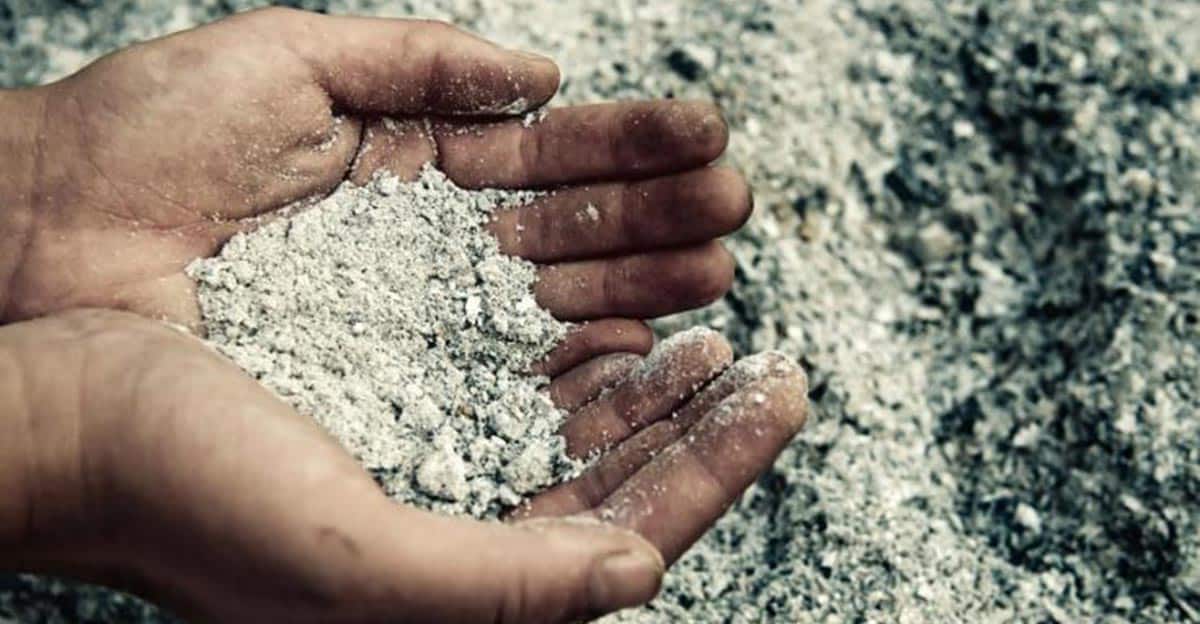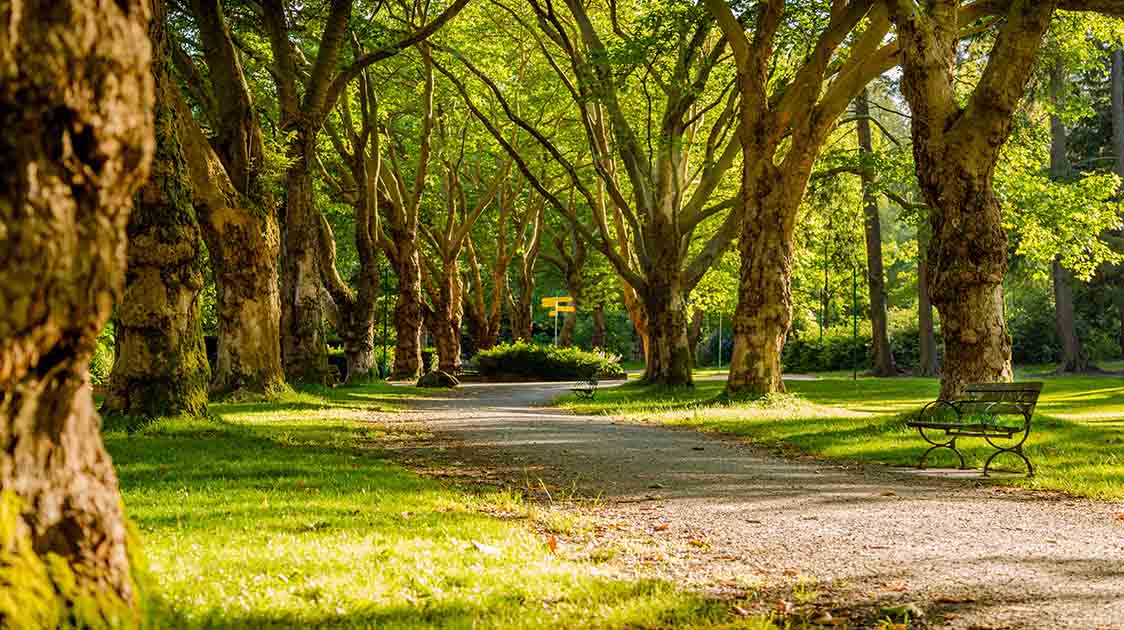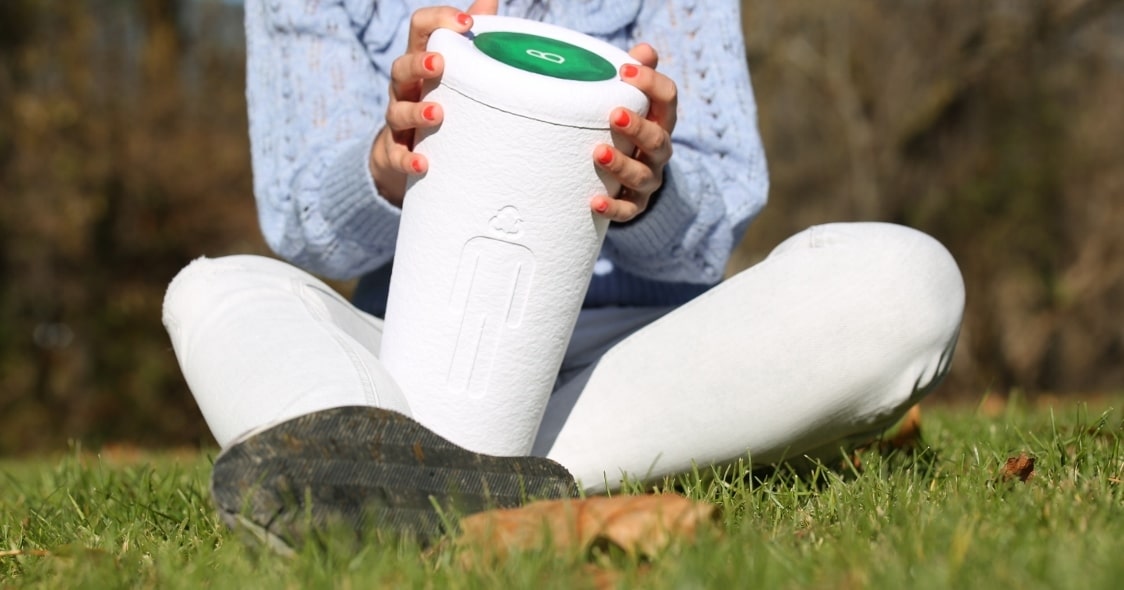
A New Type of Cremation
A year ago we wrote a social media post about alkaline hydrolysis, frequently dubbed resomation or “green cremation.” Since that time, new advances have been made and resomation has been legalized in several states in the U.S.
Burials are said to be more polluting to the environment than cremation. To put it as simply as possible: burials are polluting for the planet. “More than 800,000 gallons of formaldehyde are put into the ground along with dead bodies every year in the US. That’s enough to fill one and a quarter Olympic-sized swimming pools each year.” (Julia Calderone, Business Insider) On top of the dangerous and toxic chemicals released, a crazy amount of viable resources are used up. On top of this, many cities have run out of space to bury those who have passed leaving cremation as the best and most economical option available to individuals and families. Cremation rates are set to double, if not triple by 2035.
In steps Alkaline Hydrolysis, a new process which produces a similar as like substance to that of normal cremation, but with slim to no negative carbon emissions. Resomation calls itself the “The alternative to flame cremation and burial with environmental benefits.”
The process of resomation or alkaline hydrolysis involves the use of water and lye, and then heated to a temperature around 160 °C (320 °F). During this process, the body is “effectively broken down to its chemical components, which takes about three hours.” Green Cremation is said to use a fraction of the energy of normal cremation, and produces less carbon dioxide and pollutants.
Green cremation is currently legal in the following U.S states: Oregon, Minnesota, Maryland, Maine, Kansas, Illinois, Florida, Colorado, Georgia, Wyoming, and Idaho. And additional rules are pending in California, New Jersey, New York, North Carolina, Ohio, and Pennsylvania.
It is legal in the Canadian states of Quebec, Ontario, and Saskatchewan.
As stated by the creators of Resomation: “The actual term Resomation was thoughtfully chosen using “Resoma” which is a Greek/Latin derivation for “rebirth of the human body”
While resomation is not readily available for all, it is certainly proving to be another contender and providing an alternative option for families.
Green cremation/ Resomation can be used with the Bios Urn, as the ashes from the process are similar and can be held within the chamber of the Bios Urn to grow a tree.
What are your thoughts on this new and upcoming process? Do you want to see it available in your city? Write your thoughts below.
Join our mailing list to keep you updated of all Bios® news and get a 10% Discount!








Are there any companies providing this service in Florida? If so, who are they?
Hi James, there appears to be one funeral home in St. Petersburg which offers the option. The name is Anderson Mcqueen funeral home.
Any places in Missouri?
Hi Karen, it is not yet available in Missouri.
To my understanding though, Bellefontaine in St. Louis offers green burials.
Many places now offer green burials!
I would love to see it offered everywhere. Anything cleaner and better for the earth. I live in Texas and would like to have that option.
Hi Jill! Texas is currently reviewing whether or not to legalize it, so it may be coming soon.
Is this available in Scotland?
Any where in the UK ???
Yes, it is expected to come very soon to the UK!
Is this available in the UK, England specifically yet?
Hi Heidi, it is expected to arrive to the UK very soon!
I wish this process was legal in Nevada. Anything that’s better for the environment and those who live in it, is good with me. Thank you for sharing this information.
Hi Tiffany, there is currently some legislature being reviewed in Nevada on whether or not to legalize the process! It could very well be in the upcoming years.
How does the cost compare to typical retort cremation?
Hi Molly! Great question, from our research, it can cost between $1,400-$2,300 depending on where.
Is there aviable serve in Grand Rapids, Michigan? Let me know!
Hi Kelly! Not at this moment.
Any chances of Green Cremation coming to Michigan? What are the costs of this compared to regular cremation?
Hi Lorrie, we are sure in the future it will. Costs may be slightly higher, but it depends – although as with everything, over time costs may decrease.
IS WISCONSIN CONDIDERING THIS? I WOULD LOVE TO HAVE THIS AVAILABLE IN WUSCONSIN!
SORRY, THAT’S WISCONSIN NOT WUSCONSIN.
Would definitely like to see this available in the rest of Canada.
Hi Karen – hopefully with time!
Hi, will this be coming to Australia?
Hi Linda! Since it’s a fairly new process, it may come but at a later time. We are hoping so!
Any hope of it coming to Louisiana?
Hopefully in the future!
Is there a list anywhere of places that provide this service. I am looking for a place in Idaho in particular. Thank you.
Hi Vicki! For the Bios Urn or Resomation?
Is it available in New Jersey , New York or Philadelphia?
We are afraid that we don´t know! We wrote about the topic because we found it fascinating, but wouldn´t be able to say where in the world it is available. Maybe try an online search or speak to some local funeral homes interested in more ecological end-of-life options to see if they can provide more information?
This is very intriguing. Apparently it’s not available in Wisconsin. What do you suggest and whom should be contacted about making this a viable option for Wisconsinites?
Dear Verna, thank you for reaching out! It is sadly not yet legal or available in Wisconsin 🙁 This is the latest information we know of published in 2020:
https://www.usnews.com/news/best-states/articles/2020-03-12/more-states-legalize-alkaline-hydrolysis-dissolving-dead-bodies-in-water
This would have t be made legal first, so the entity to approach would be your local government. It may not be a straightforward path, but in the end, things changes when people ask for them to be changed! If it was legalized in other states, it is because there wad a demande for it. Good luck!!
Hi Linda, thought this might help – https://environmentallyfriendlycremations.com.au/
Us Aussies have readier access to have this done now 🙂 Compared to places like NZ where its still tricky.
There may be other companies, but this was one I found that had services in most states <3
Sono iscritta a Bios Urn da diverso tempo e credo che questa collaborazione con Nathan Lea sia una la notizia migliore che abbia avuto in questo periodo funesto …
Stiamo affrontando un cambiamento radicale e tutto deve volgere al miglioramento di ogni risorsa ambientale, animale e umano. Questo tipo di cremazione quamation è una meravigliosa notizia per il nostro amico a 4 zampe, per il nostro pianeta sofferente e spero sia estesa oltre che in ogni luogo del mondo anche per gli esseri umani.
Pensate sia possibile in Italia?
Grazie e forza ragazzi!!!!
I have been enrolled in Bios Urn for some time and I believe that this collaboration with Nathan Lea is the best news I have had in this tragic period …
We are facing a radical change and everything must turn towards the improvement of every environmental, animal and human resource. This type of cremation quamation is wonderful news for our 4-legged friend, for our suffering planet and I hope it will be extended not only to every place in the world but also to human beings.
Do you think it is possible in Italy?
Thanks and come on guys !!!!
Thank you for your message and support Silvia! We know that the option to be cremated in Italy was limited until recently (more info in this article we wrote: https://urnabios.com/is-it-legal-to-plant-a-biodegradable-urn-with-ashes-on-public-or-private-land-the-laws-in-europe/ ), but that cremation has become increasingly popular. For example, 33% of the deceased in 2017 had opted for cremation, so it is definitely on the rise. We do not know of an aquamation service in Italy, but it is worth researching. We don´t see why there can´t be one or why new water crematoriums could not be opened. Keep us posted if you find out more! Thank you!
Grazie per il tuo messaggio e supporto Silvia! Sappiamo che la possibilità di essere cremati in Italia era limitata fino a poco tempo fa (maggiori informazioni in questo articolo abbiamo scritto: https://urnabios.com/is-it-legal-to-plant-a-biodegradable-urn-with-ashes-on-public-or-private-land-the-laws-in-europe/ ), ma quella cremazione è diventata sempre più popolare. Ad esempio, il 33% dei deceduti nel 2017 aveva optato per la cremazione, quindi è decisamente in aumento. Non conosciamo un servizio di aquamation in Italia, ma vale la pena indagare. Non vediamo perché non ce ne possa essere uno o perché non si possano aprire nuovi crematori ad acqua. Tienici informati se scopri di più! Grazie!
Are there any places in Massachusetts?
Dear Sabrina, thank you for your interest in the Bios Urn.
As far as we know, Aquamation for pets is approved in Massachusetts, but there is currently no legislation or regulations for alkaline hydrolysis in Massachusetts (01/22) which means that there are unfortunately no aquamation places for people as of yet: https://www.mass.gov/info-details/massachusetts-law-about-burial-cremation-and-funerals
We hope to have answered your question. It is worth checking regularly online as this could change quite quickly.
Take care
How about pollution to the ground water or other waterways with the chemicals used in alkaline hydrolysis?
Hi Linda. Very importante question you raise here!
As far as we are aware, during aquamation no greenhouse gases are released, and the amount of fossil fuels needed to power the process is a fraction of what cremation requires. The process involves covering the body with a liquid that’s about 95 percent water and five percent liquid forms of metals like lithium, sodium, and potassium. The solution and body are gently agitated for about eight hours, slowly eroding away all the soft tissues and leaving only bones, which are then processed into ashes.
That final step does take some energy, but it uses only about 25 percent of the amount used in traditional cremation. It also leaves behind non-organic materials like tooth fillings, implants, or metal bone inserts so they can be disposed of in a non-toxic way. The toxicity of the liquid remains, which include both the solution and the organic matter from the body, is usually at or around the limit of what can legally be run down a drain into a public sewer, though many states and cities require funeral homes to contract with a biohazard firm for disposal.
So alkaline hydrolysis is definitely a more eco-friendly solution that cremation by flame with similar results.
Thank you so much for taking the time to reach out!